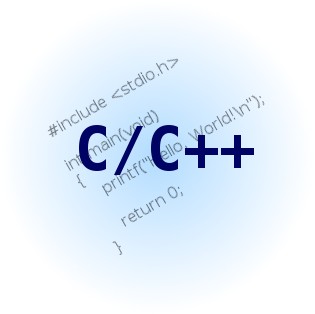
Overload the new and delete operators
to provide custom dynamic allocation of memory.
Aim
To implement class with dynamic memory
allocation using new and delete operator to overload.
Algorithm
Step 1: Start the Program Execution
Step 2: Create the Classes and declare all the Variables and Member
functions.
Step 3: Using the classes with dynamic memory alloction.
Step 4: New and delete operator is overloaded along with dynamic
memory allocation.
Step 5: Create the class.
Step 6: Declare the new and delete operator.
Step 7: Perform the overload operation
Step 8: Display the result.
Step 9: Stop the Program Execution.
Program:
#include<iostream.h>
#include<conio.h>
#include<stdlib.h>
class
vector
{
private:
int *array;
public:
void *operator new(size_t size)
{
void *v;
cout<<"\n operator new
invoked____________";
v=malloc(size);
if(!v)
{
cout<<"Unable to allocate
memory";
exit(0);
}
return v;
}
void operator delete(void *v)
{
cout<<"\n Operator delete
invoked";
free(v);
}
void read(int);
int max(int);
int sum(int);
};
void vector::read(int s)
{
for(int i=0;i<s;i++)
{
cout<<"\n Enter the
element:"<<i+1<<":";
cin>>array[i];
}
}
int vector::sum(int s)
{
int tot=0;
for(int i=0;i<s;i++)
tot+=array[i];
return tot;
}
int vector::max(int s)
{
int max=0;
for(int i=0;i<s;i++)
if(array[i]>max)
max=array[i];
return max;
}
void main()
{
int s;
clrscr();
cout<<"\n Enter how many
elements";
cin>>s;
vector *vec=new vector;
cout<<"\n Enter vector
data_________";
vec->read(s);
cout<<"\nThe maximum value
is_________"<<vec->max(s);
cout<<"\n The sum
is____________"<<vec->sum(s);
delete vec;
getch();
}
OUTPUT:
Enter
how many elements:2
Operator
new overloading………………………
Enter
the element1:3
Enter
the element2:5
The
maximum value is …………5
The
sum is…………………………………8
Operator
delete invoked…





 Mohanraj
Mohanraj

 Posted in:
Posted in: 





1 comments:
nice
Post a Comment